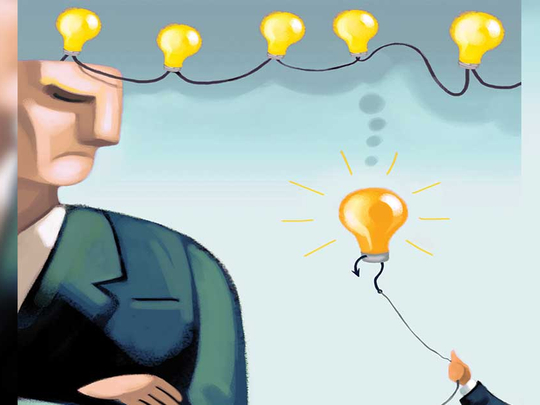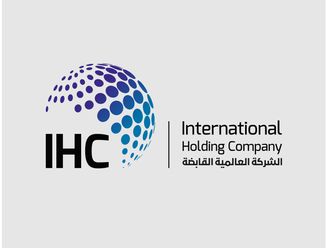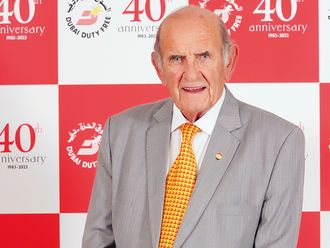
Alchemy, the ancient art of turning base metals into precious ones, was built on more than one misapprehension.
The obvious error is that it is impossible to turn lead into gold. (Not quite impossible, actually. Chemistry will not do the job but a particle accelerator will, although not cheaply. Back in 1980, researchers bombarded the faintly lead-like metal bismuth and created a few atoms of gold. The cost was a less-than-economical rate of one quadrillion dollars an ounce.) But there is a subtler mistake — not a scientific one but a matter of economics. “The alchemist fallacy” is the belief that once a simple method is found for turning lead into gold, gold will continue to be precious.
We don’t have to rely on economic theory to refute this conclusion, because we have a case study of a close parallel.
Twenty-six million years ago, some cataclysmic event in the Eastern Sahara raised the temperature of silica sand to well over 1,000 degrees. The result was a large deposit of a lustrous material the colour of a lemon’s flesh.
A fragment of this precious stuff was used to make jewellery for Tutankhamun’s tomb. The substance could be quarried but it could not be manufactured.
While alchemists never figured out how to turn lead into gold, other craftsmen did develop a process with much the same economic implications. They worked out how to transform silica sand, one of the most common materials on earth, into the beautiful, versatile material we know as glass.
It has an astonishing variety of uses from microscopes to aeroplane fuselages. But while gold remains highly prized, glass is now so cheap that we use it as disposable packaging for water.
When it was possible to restrict access to the secret of glassmaking, the guardians of that knowledge profited. Venetian glassmakers were clustered together on the island of Murano, where sparks from the furnaces would not endanger Venice itself.
Venice had less success in preventing the secrets of glassmaking from spreading. Despite being forbidden to leave the state, some of Murano’s glassmakers sought fortunes elsewhere.
That is the way of new ideas: they have a tendency to spread. Business partners will fall out and set up as rivals. Employees will leave to establish their own businesses.
Time-honoured techniques such as industrial espionage or reverse engineering will be deployed. Sometimes innovators are happy to give their ideas away for nothing, whether for noble reasons or commercial ones. But it is very hard to stop ideas spreading entirely.
A few years ago, the economist William Nordhaus tried to estimate just how fallacious the alchemist fallacy is — how much of the social gains from innovation does the innovator manage to keep hold of? If the answer is anywhere near 100 per cent — even 50 per cent — then there is no fallacy at all.
But if the answer is near zero, then innovations are swiftly copied, benefiting competitors and above all consumers.
Nordhaus was writing in the wake of the dotcom bubble, and pointed out that the valuations of “new economy” companies could be justified only if they were able to retain about 90 per cent of their value to society. This is a slice of the pie to make the most powerful monopolist dream.
Nordhaus, pointing to the rapid demise of many dotcom firms, reckoned the proportion was rather lower than that.
Looking at data from the US between 1948 and 2001, Nordhaus estimated that corporations are able to keep about 3.7 per cent of the social value of their innovations. The remaining 96.3 per cent goes to everyone else, mostly to consumers.
Nordhaus’s estimate is uncertain but has the ring of truth about it. Even a company such as Apple, which has a gift for holding on to the returns from innovation, has seen its iPad, iPhone and MacBook Air relentlessly chased down by competitors.
All this raises a question: should we wish that the innovator’s profit share was higher, or lower? There is a balance to be struck.
When innovators keep too much money, the benefit of using or recombining new ideas spreads too slowly. But if innovators make no money at all, then they will end up creating for the love of creation rather than for any financial reward.
That may be fine for pop songs and poetry but less so for nuclear fusion or an HIV vaccine. Costly research programmes will not be funded.
The right balance depends on the innovation in question, and how expensive it is to develop. We probably need better incentives to create some new medicines.
Yet our intellectual property system gives too much protection to ideas that would have been created anyway, such as simple software, business methods and Mickey Mouse.
It is no surprise that the Venetian doges tried to keep the glassmakers in Murano. We should be grateful that they failed.
Financial Times












